Commentaries
Your Present Location: Teacher_Home> Ding Gang> CommentariesDing Gang: To understand the J-35 fighters, first grasp China’s security perspective
Ding Gang: To understand the J-35 fighters, first grasp China’s security perspective
Source: Global Times Published: 2025-06-19
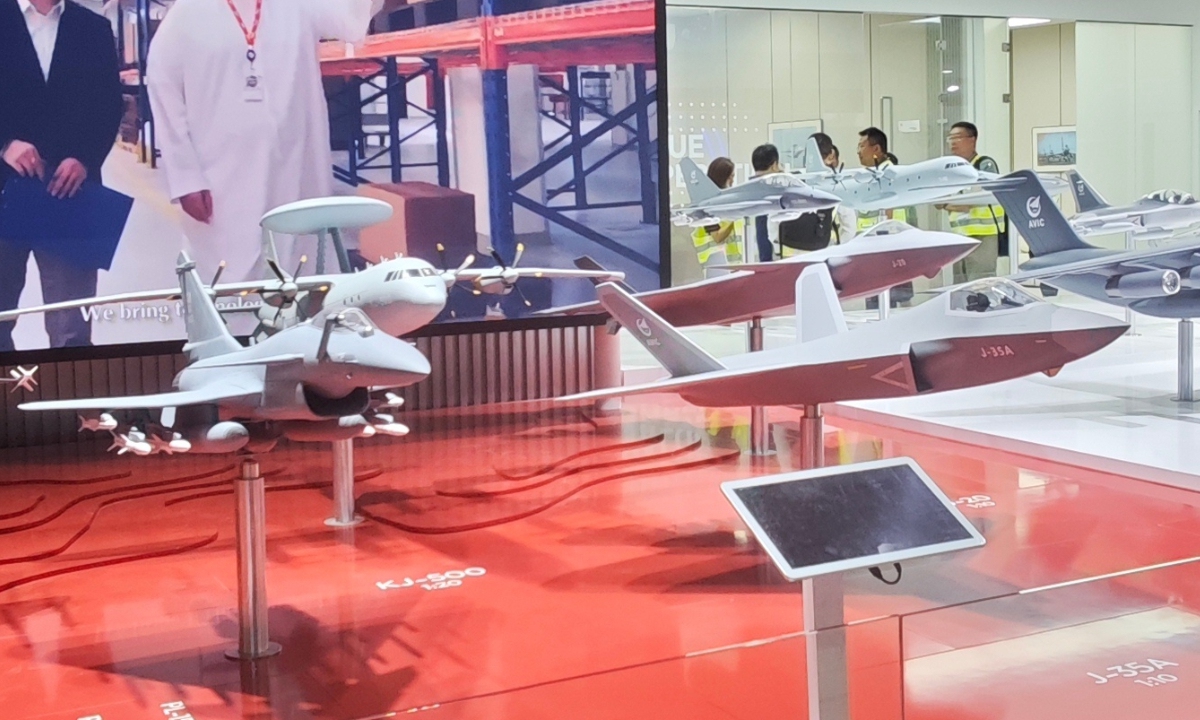
Scale models of Chinese military aircraft are on display at the booth of the state-owned Aviation Industry Corporation of China (AVIC) in preparation for the 55th Paris Air Show, which runs from June 16 to 22, 2025 in Paris, France. Photo: Screenshot from the official WeChat account of AVIC
A model of the J-35A has been showcased at the Paris Air Show, marking the first public appearance of this new-generation Chinese stealth aircraft on the international stage.
If you genuinely want to understand the J-35, China's newest stealth fighter jet series, you must dig deeper into China's security philosophy and national mind-set. Whenever we look at a cutting-edge aircraft or dazzling new defense technology, we consider the logic behind a country's choices - the "line of defense" it draws and why it's needed.
Last year, I saw the J-35A debut at the Airshow China in Zhuhai, South China's Guangdong Province. Visiting the booths of China's leading aerospace companies, I strongly sensed that the emergence of the J-35 series was not a coincidence.
The progress of Chinese manufacturing, especially in aerospace, has made it only natural for China to enter the ranks of top-tier fighter aircraft producers. The real surprise may be that this has happened so quickly, leaving Western observers scrambling to process the pace of change.
What kind of waves does a plane like the J-35A create in Paris? Whenever China unveils a new fighter or advanced military technology, there's guaranteed to be a lively discussion in the Western media.
Notably, those debates have shifted: It's much less about whether "China can catch up" and more about whether China's military ascent will challenge the established order in arms production and global security dominated by the Western powers.
Western commentary on the J-35A focuses on three areas. First, technical performance - how truly "stealthy" is it? Do its engines deliver enough thrust? Can its avionics stand up to the latest US or European fifth-generation fighters?
Second, exports and market share. There's palpable anxiety over whether Chinese jets could push Western manufacturers out of traditional markets by combining advanced features with competitive costs.
Third, regional security. Some analysts suggest that if the J-35 ever operates from aircraft carriers, it could dramatically boost China's "power projection" in East Asia and even the Indian Ocean. The US, Japan and other nations could find it far more challenging to "contain" China through alliances and air superiority.
Underlying all these discussions is a real sense of unease: the US- and Western-led security system, which has been dominant for decades, is facing new challenges because of China's rapid military advances. But here's a key question that rarely gets asked in those conversations: Why is it such a problem for China to strengthen its military power and play a more active role in reshaping regional and global security? Would these concerns even arise without China being deemed as the No.1 adversary, and without constant attempts to contain and provoke China in its neighborhood?
The world as it stands can't provide genuine safety for all. The more hegemony pursues its absolute security, the more it erodes others' sense of safety.
Historically, the mainstream Western security view has always revolved around "bloc security" - drawing lines for its sphere, building alliances and viewing those outside the club as potential threats. In such a system, "my security" often comes at the direct expense of "your security."
History has repeatedly shown that intimidating others with military force and drawing tight circles of alliances ultimately fails to deliver proper security, even for those inside the clique.
For too long, China lacked the means to assert its own security needs; now, with the advent of the J-35 series, J-20, and advanced carriers, China finally has its own "door guardians" at the ready - a way to credibly say "No" to provocation and to negotiate regional peace as an equal. This change is real. After seeing the J-35 series at Zhuhai, I felt assured that China is now in a stronger and more balanced position than ever before.
China insists on "security community": Security of one country should not come at the expense of that of others, and security of a region cannot be ensured by strengthening or even expanding military blocs. Even with world-class fighter jets and modern weaponry, China remains committed to a defensive national defense policy. This principle is rooted in deep conviction and backed by growing strength.
China isn't interested in an arms race or global dominance. The J-35 isn't designed or built to intimidate the world; rather, it represents China's promise - a commitment to help safeguard peace at home and abroad. Only by understanding the broader Chinese view of security can one appreciate why the J-35 matters globally.
By Ding Gang
Senior Editor with People's Daily
Senior Fellow of Chongyang Institute for Financial Studies at Renmin University of China (RDCY)
Key Words: Ding Gang, China, security, military







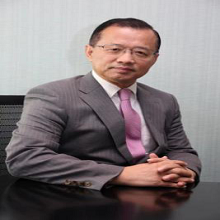


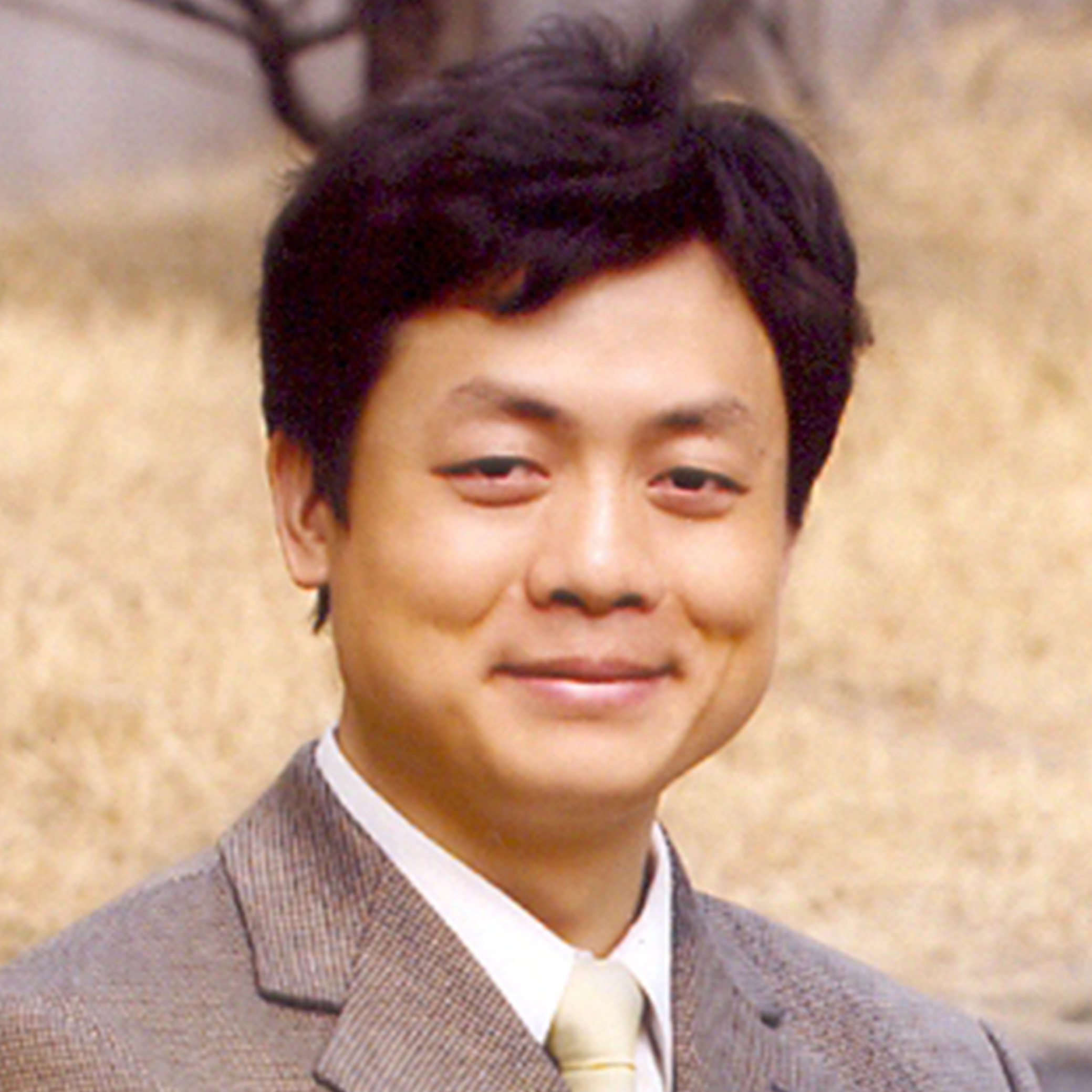
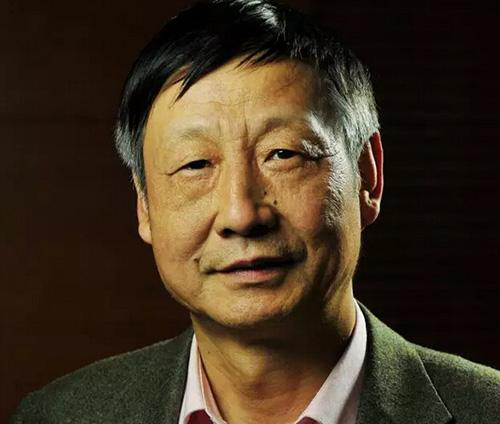
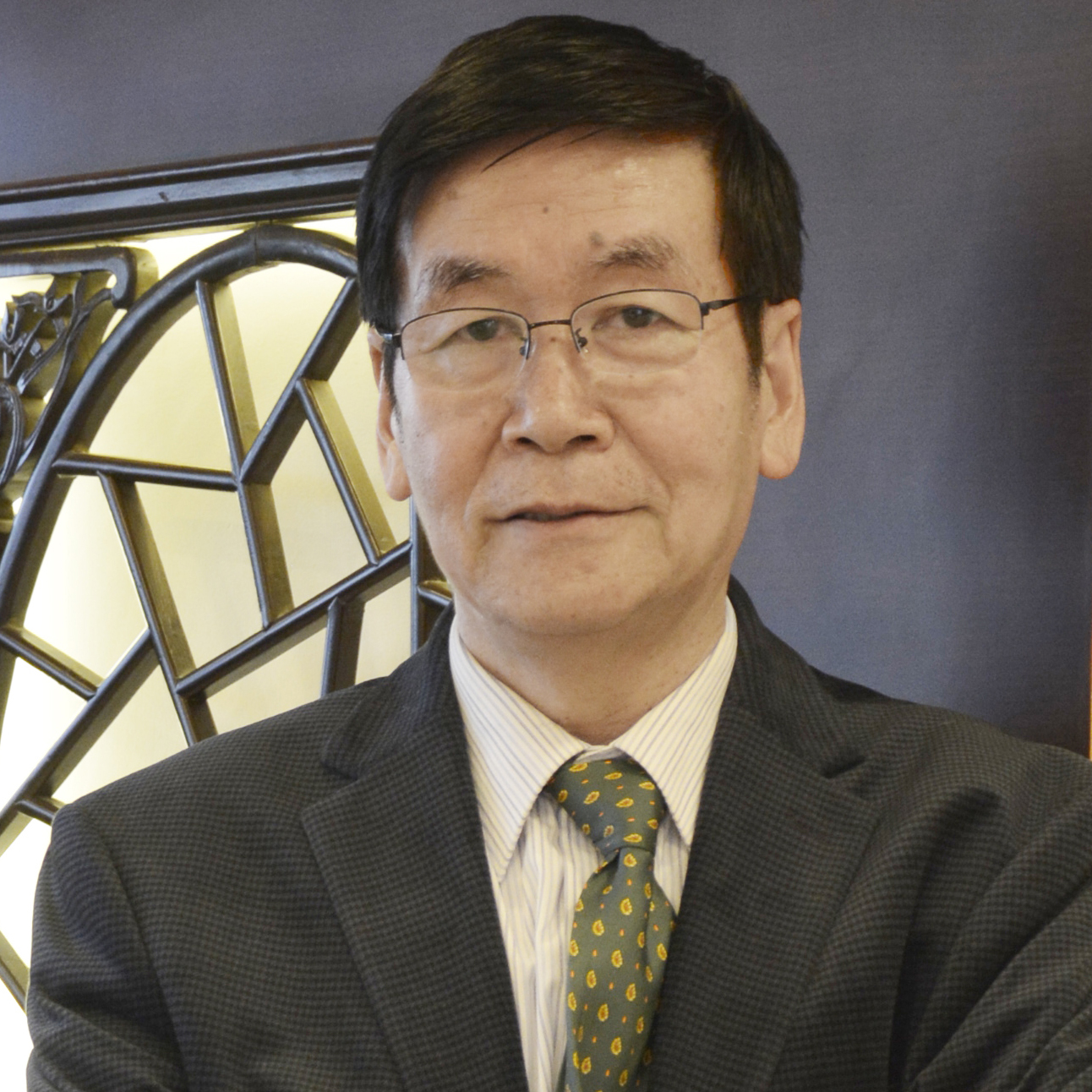


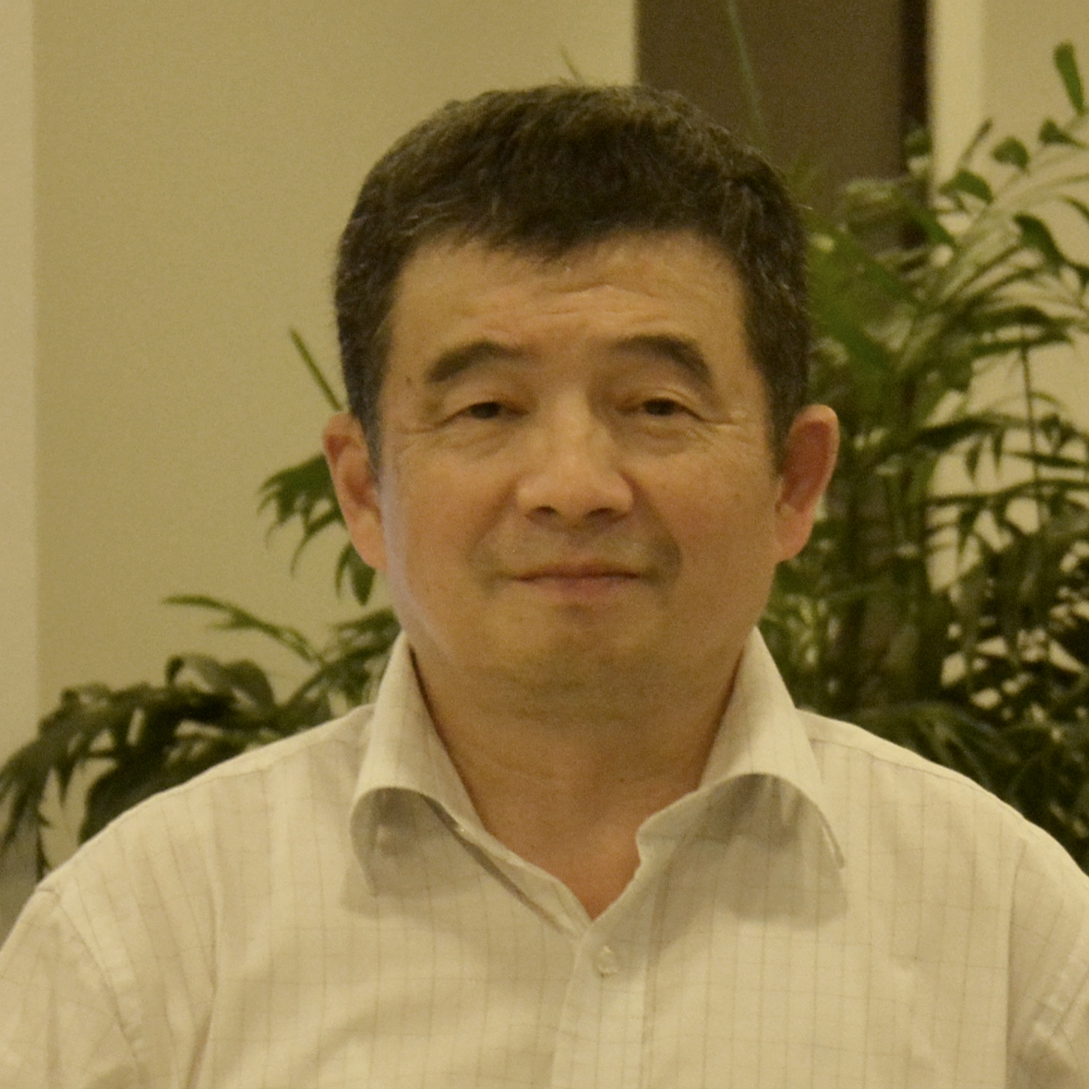
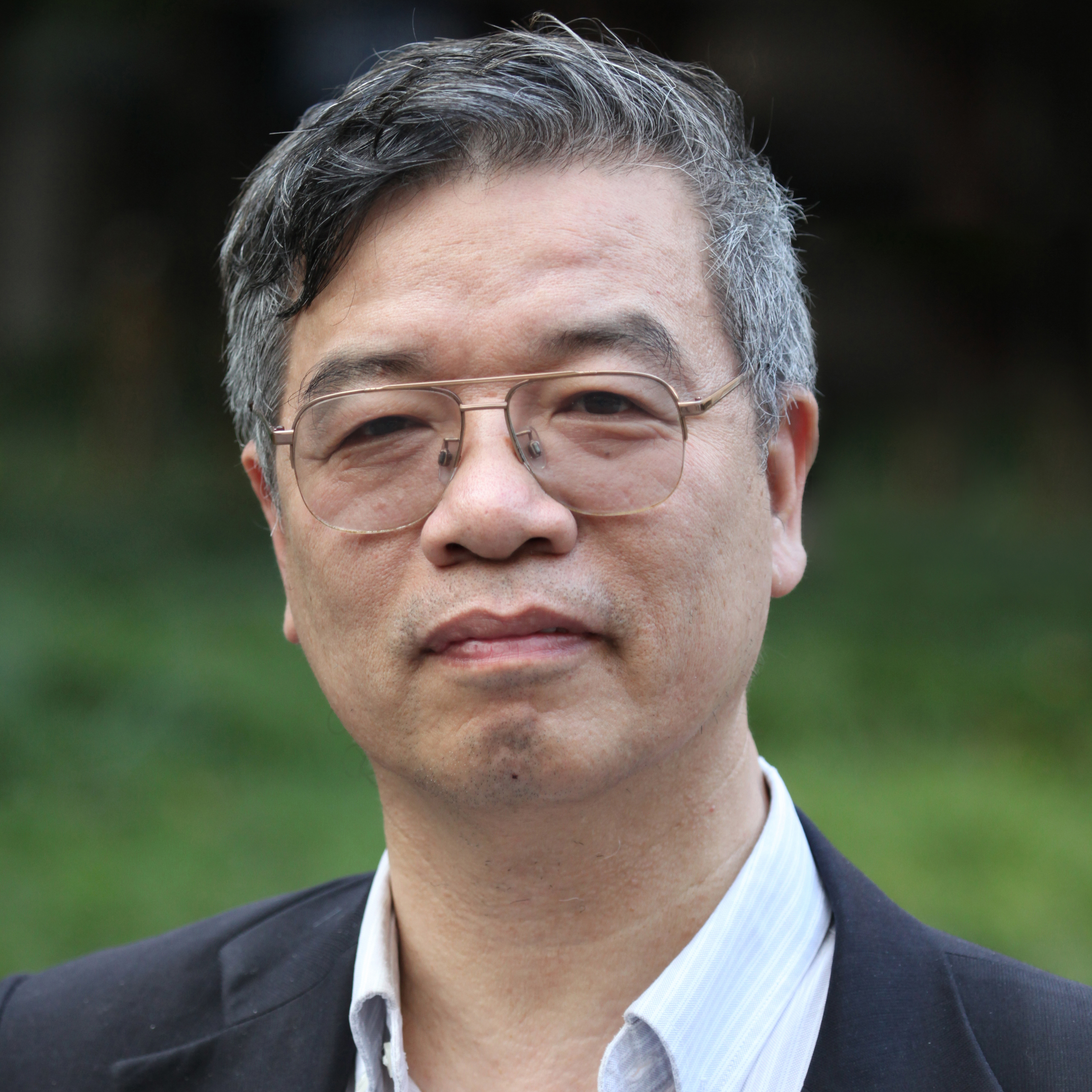

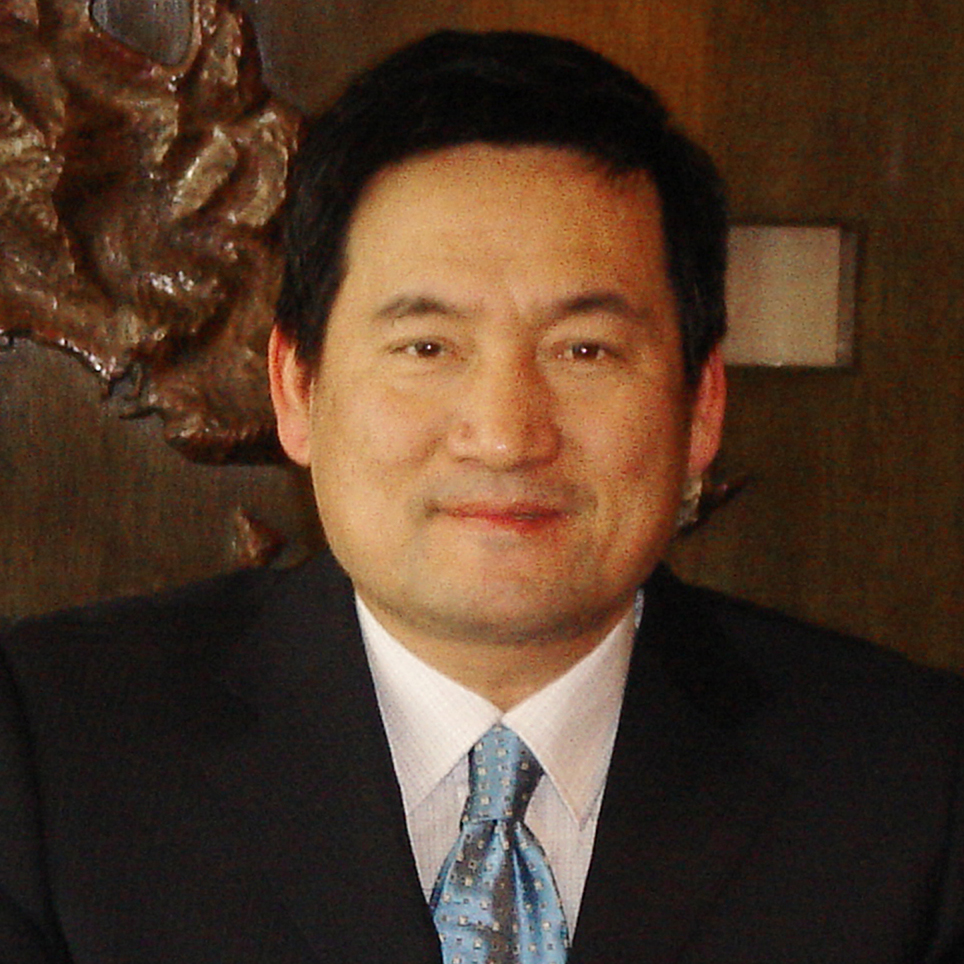






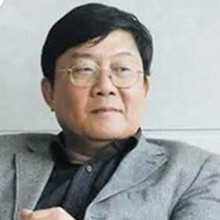

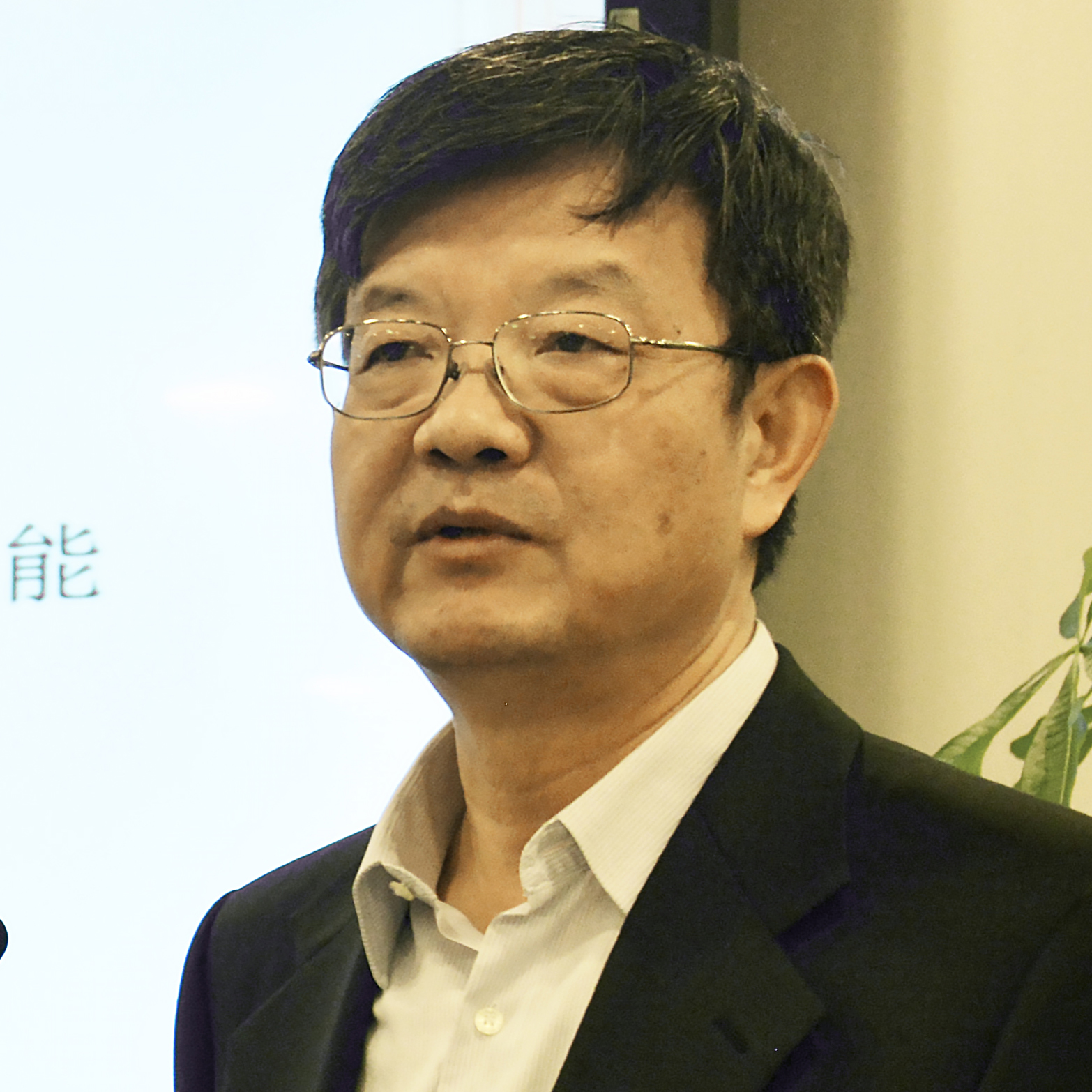


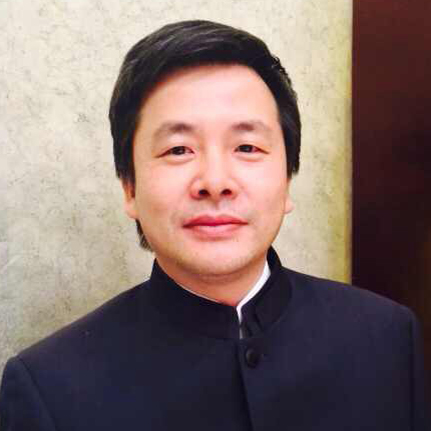
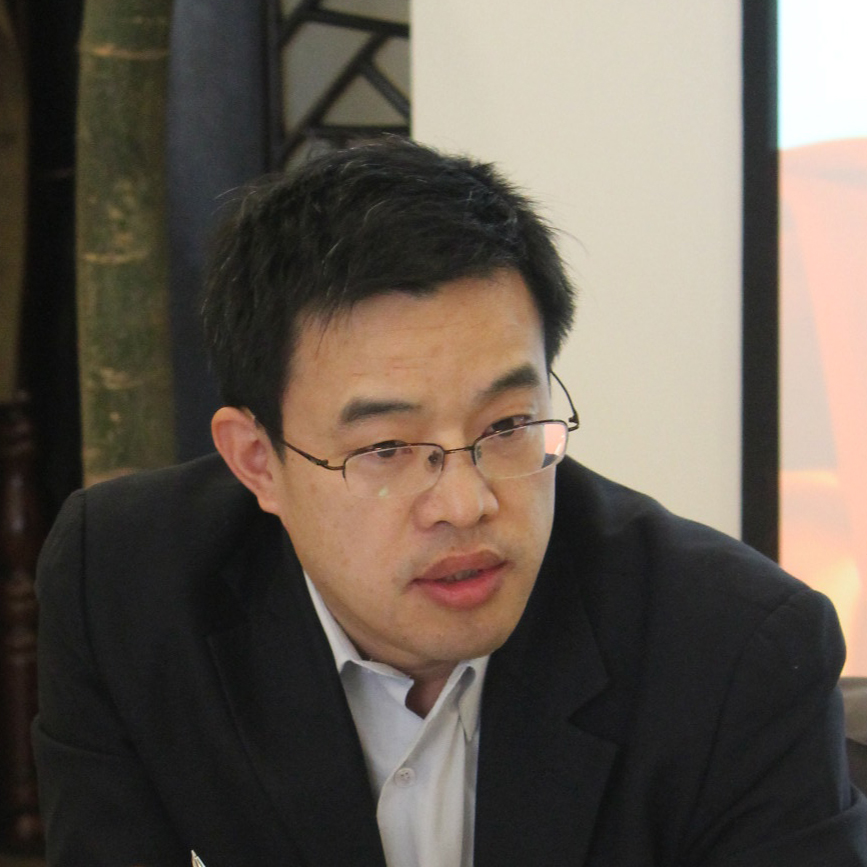
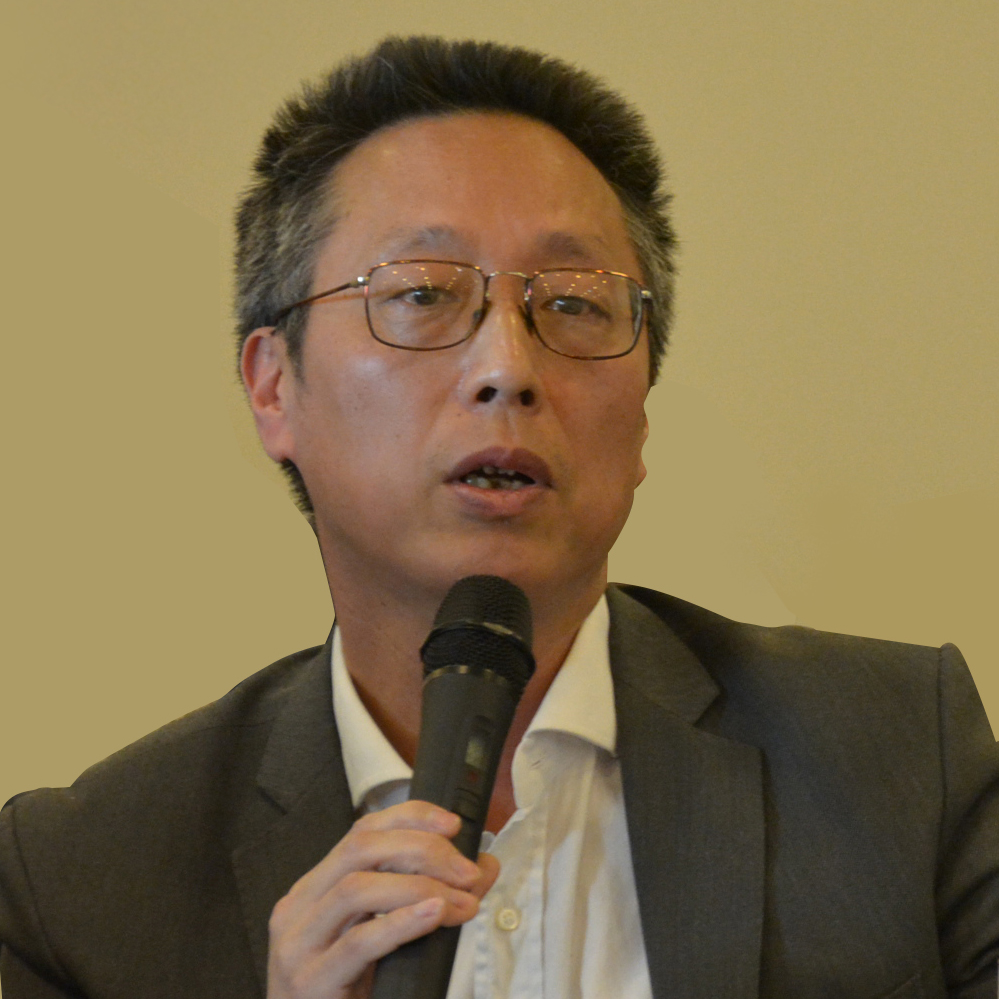
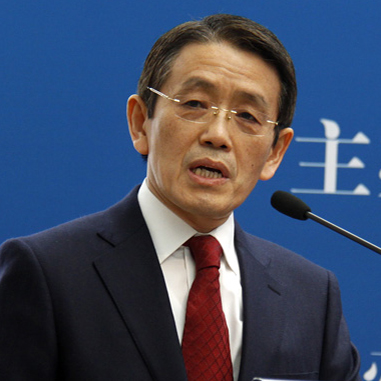

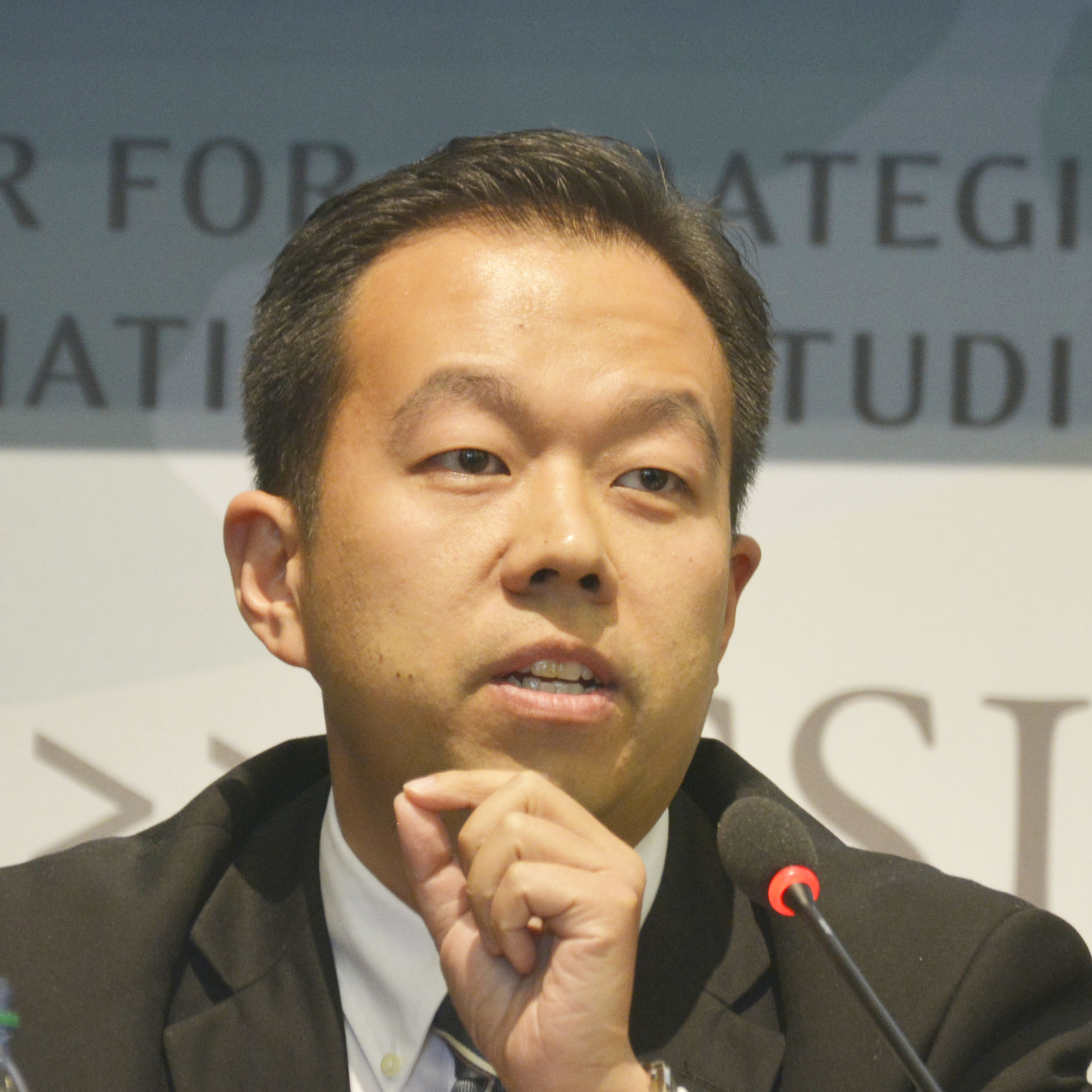

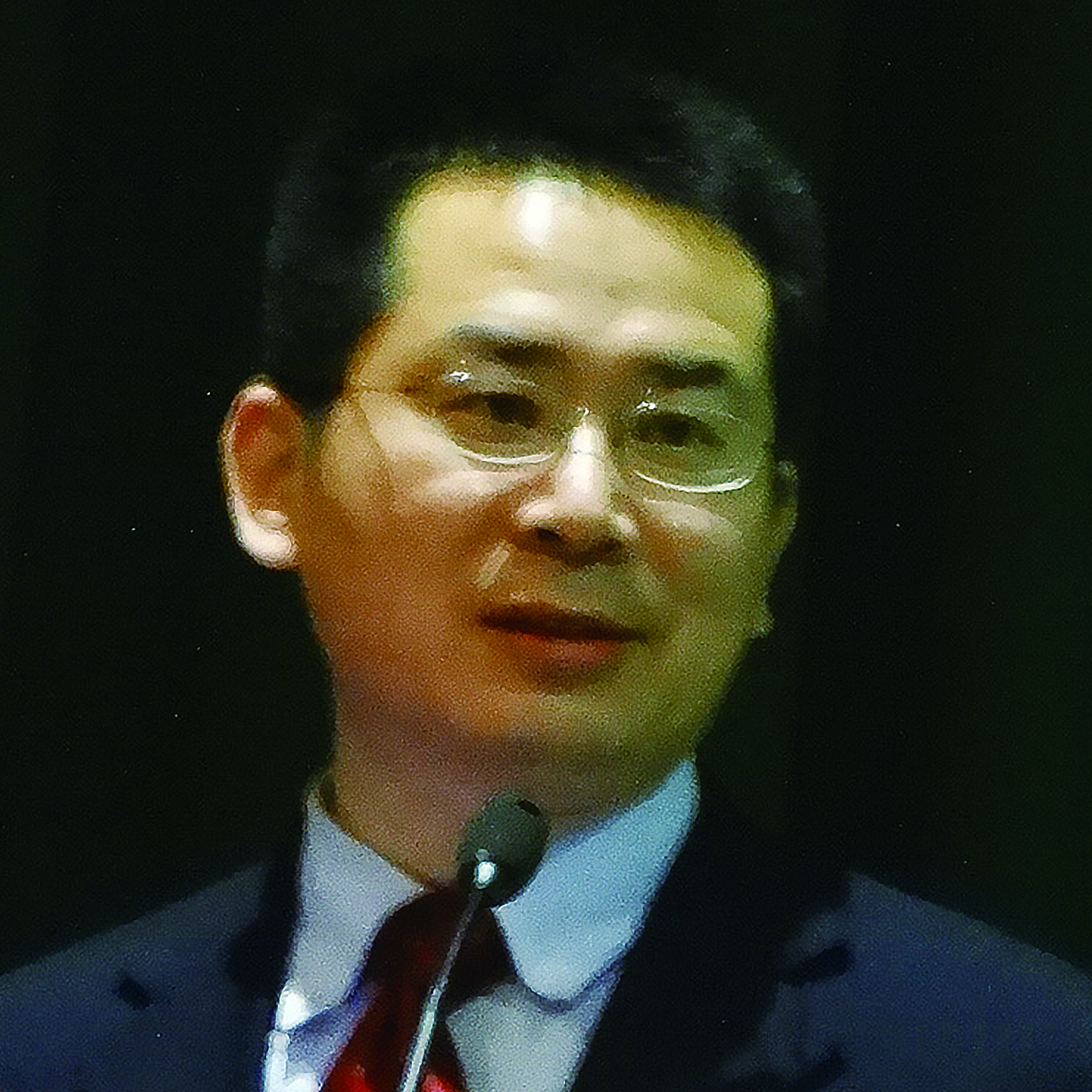
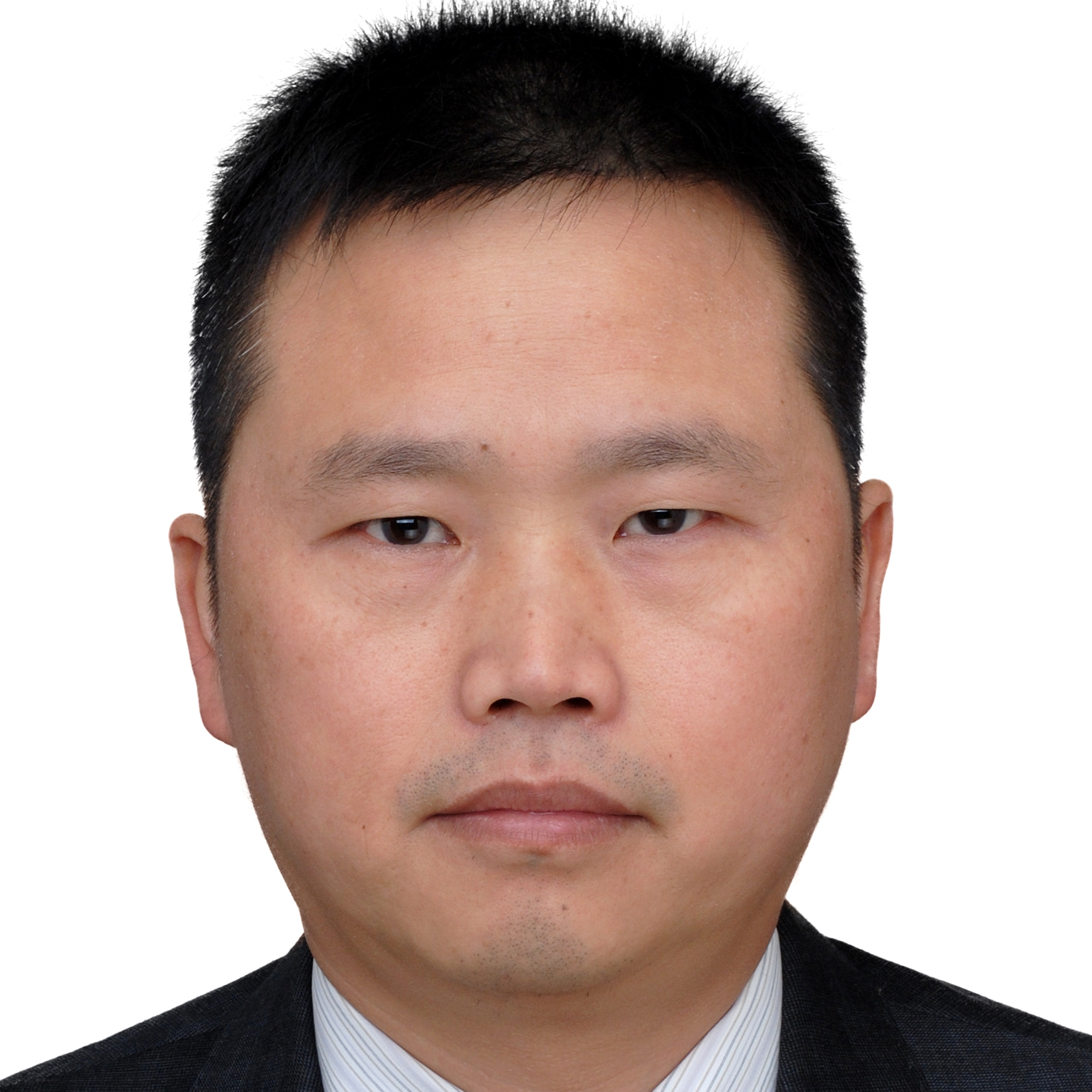
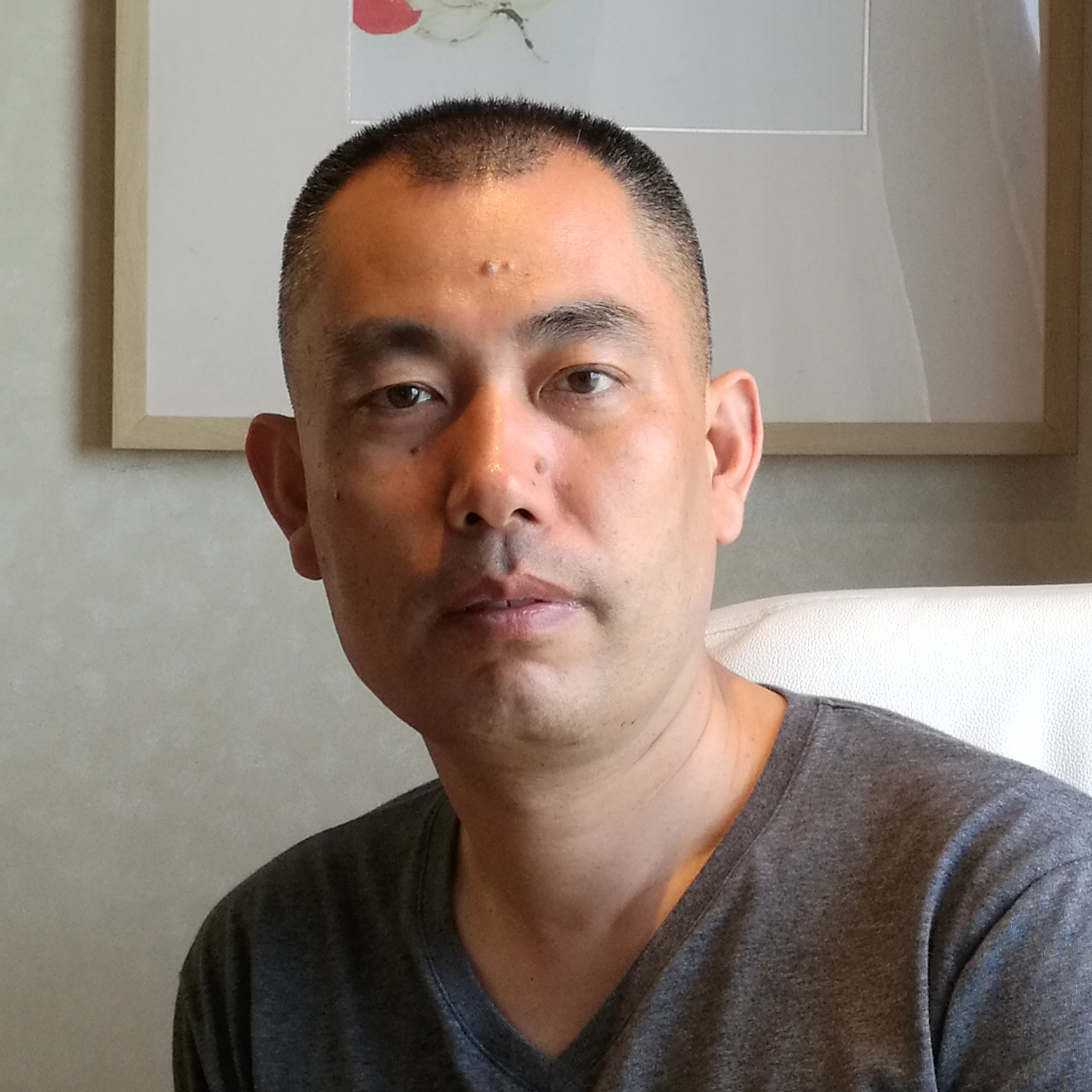






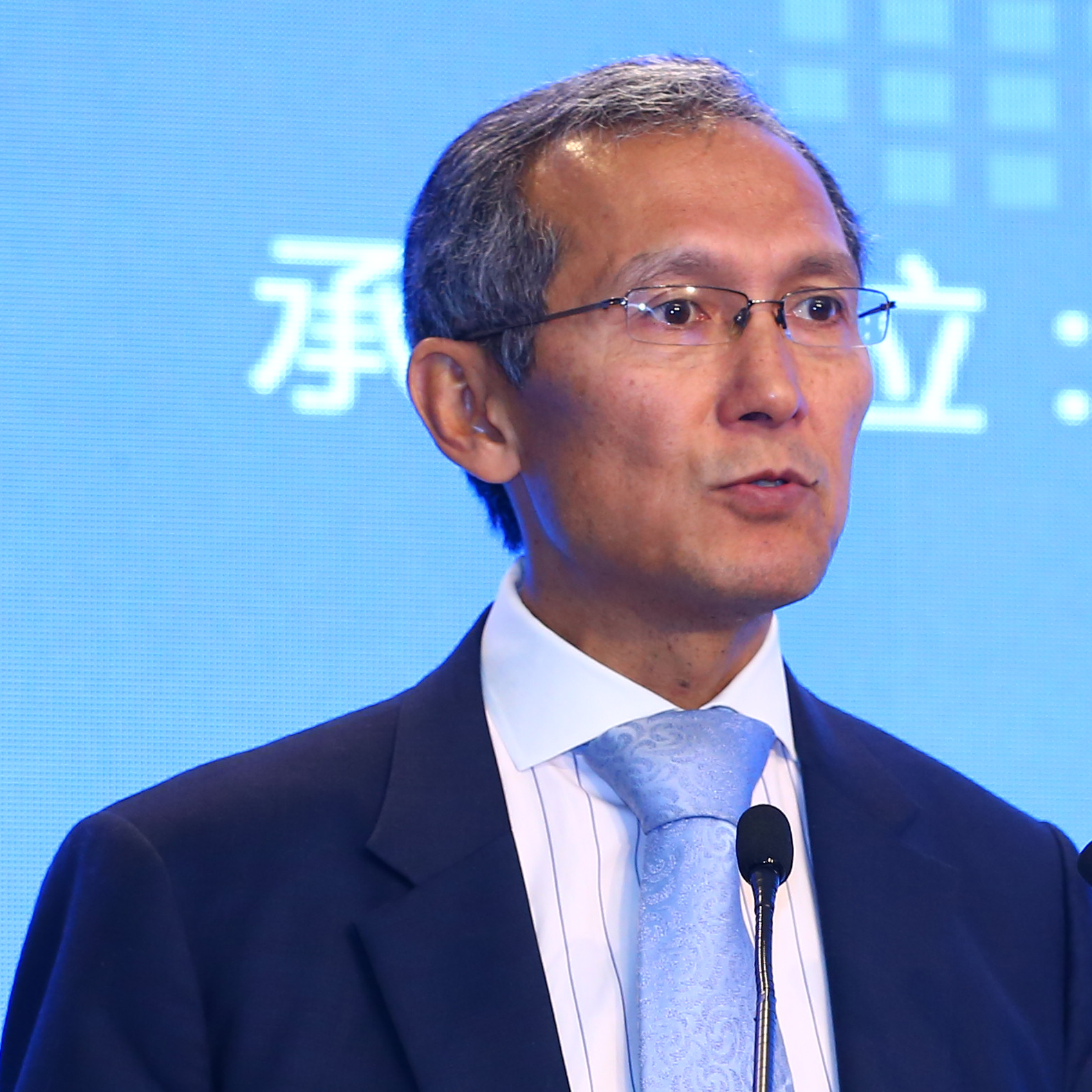
















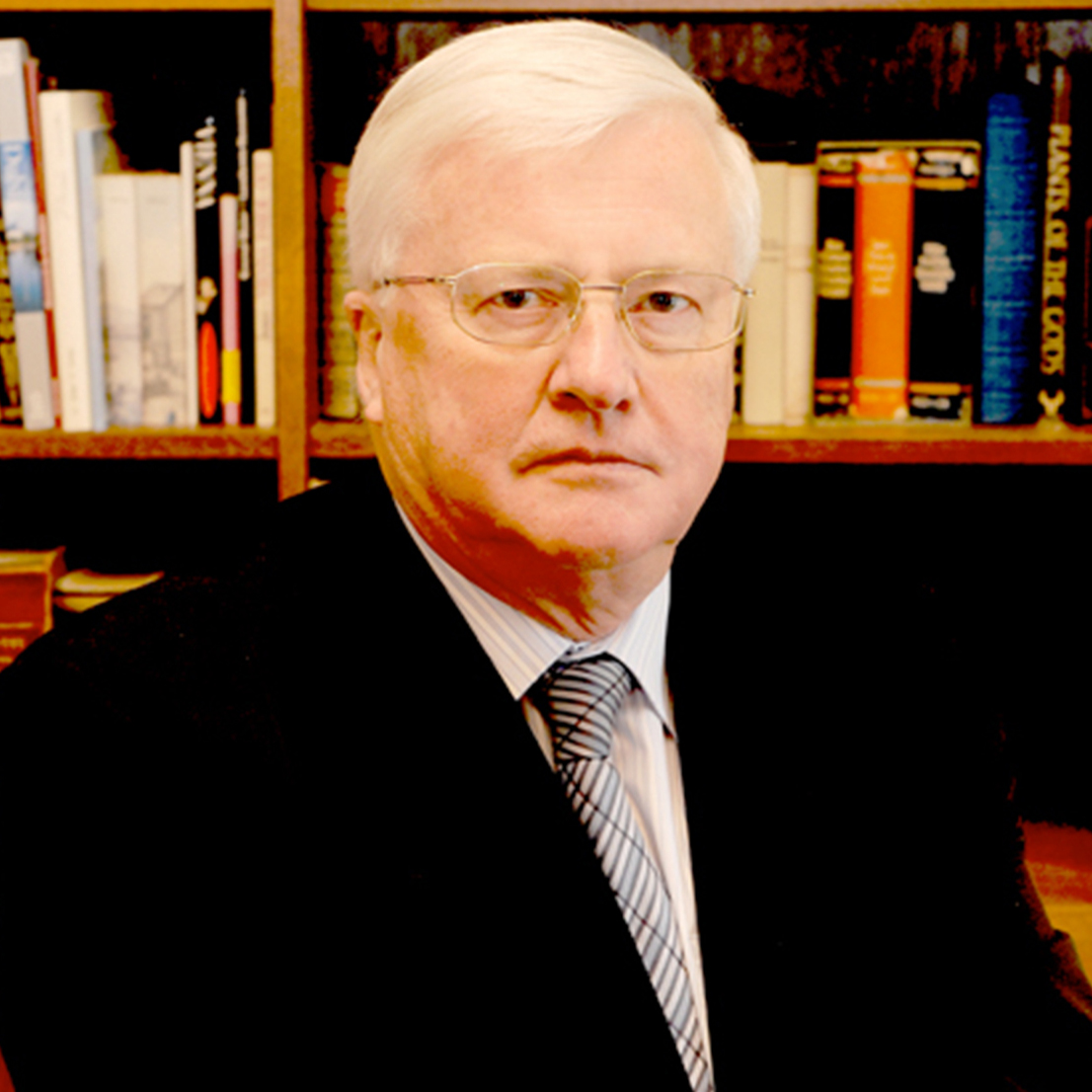
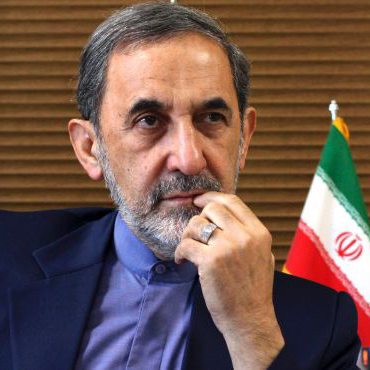
















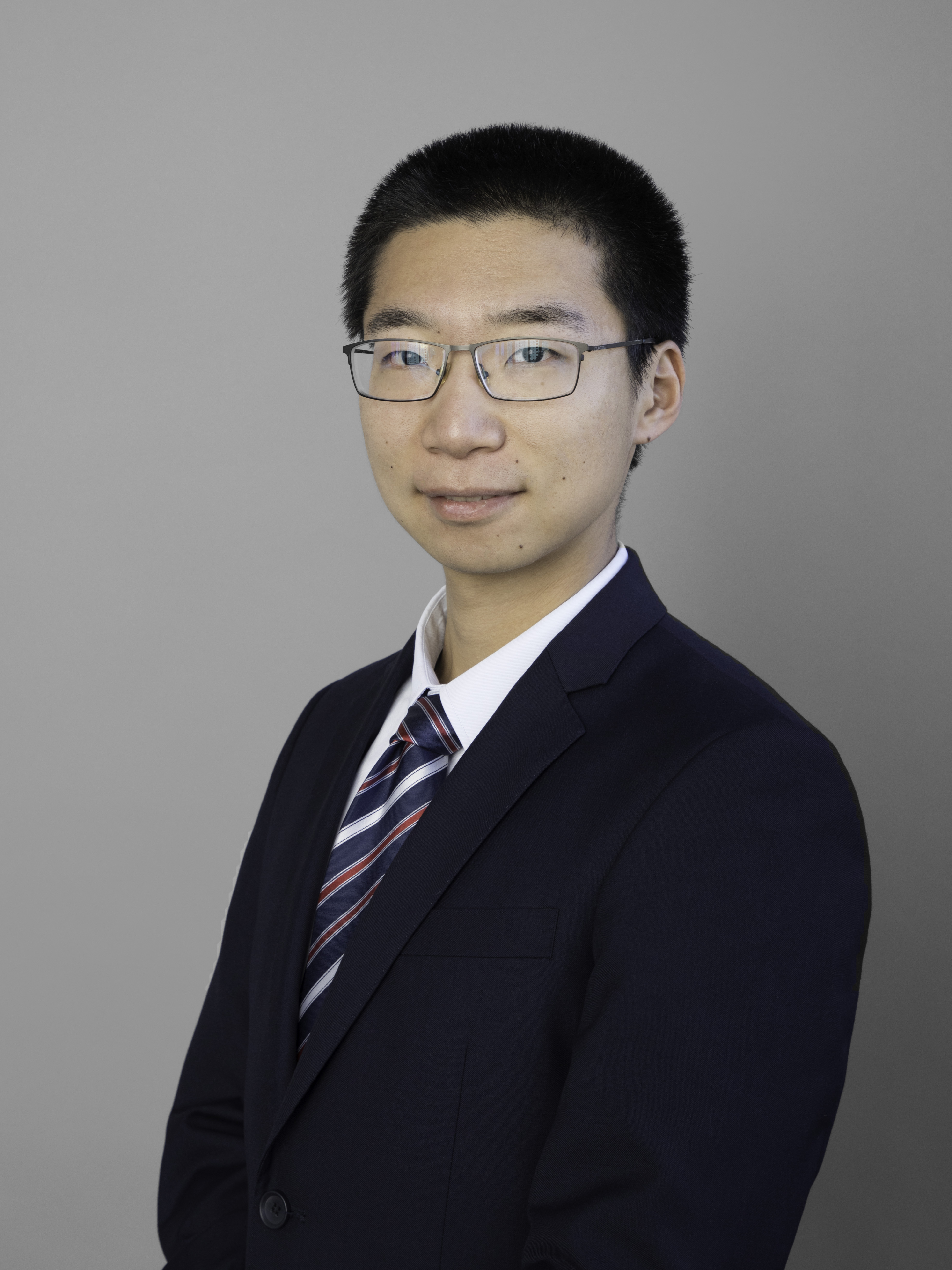





 京公网安备 11010802037854号
京公网安备 11010802037854号





